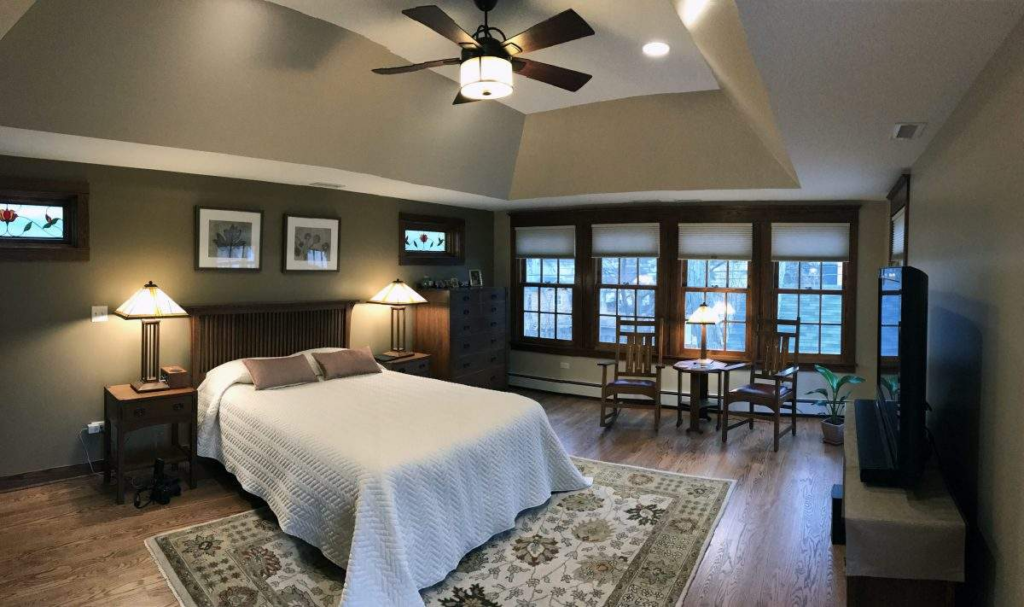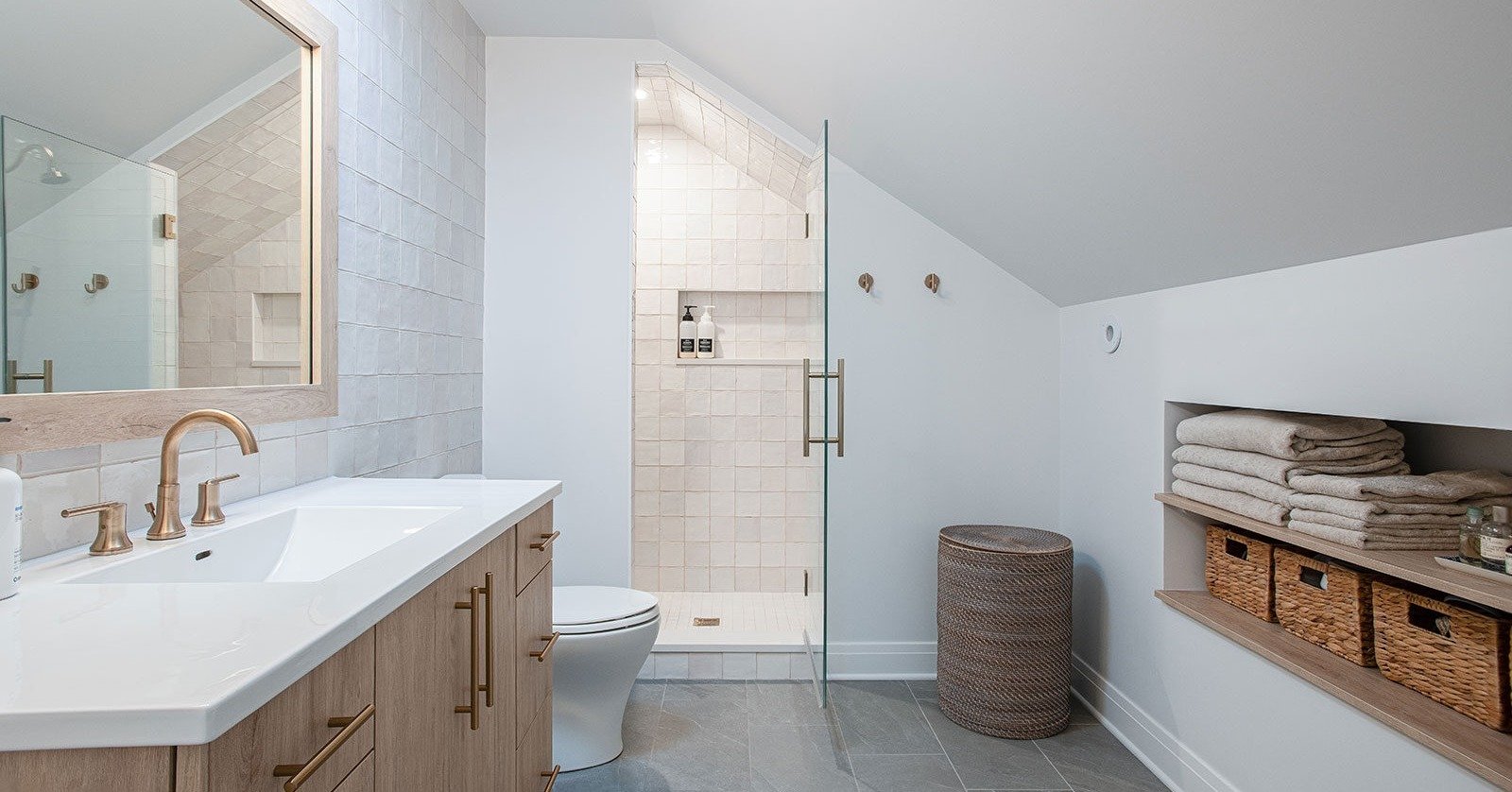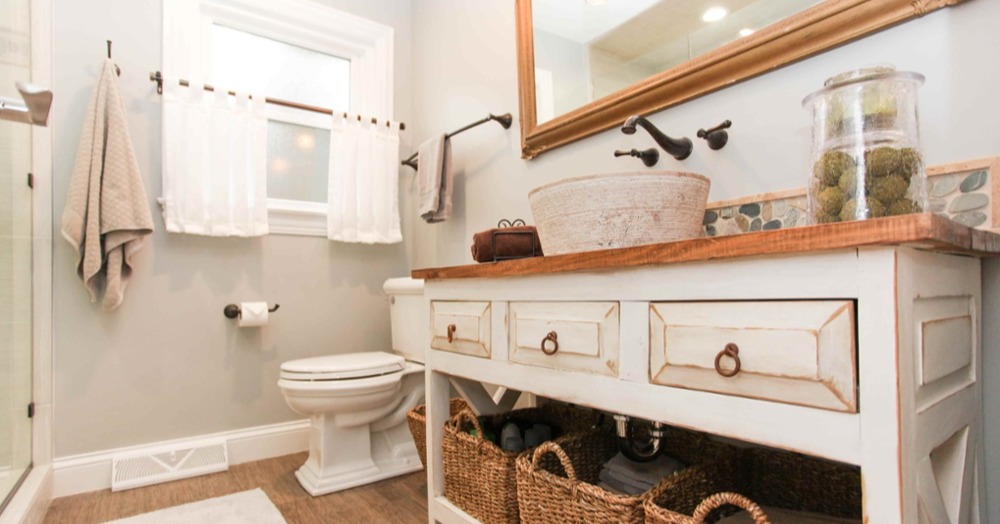Top Bathroom Sink Styles for Modern Remodels: A Complete Guide
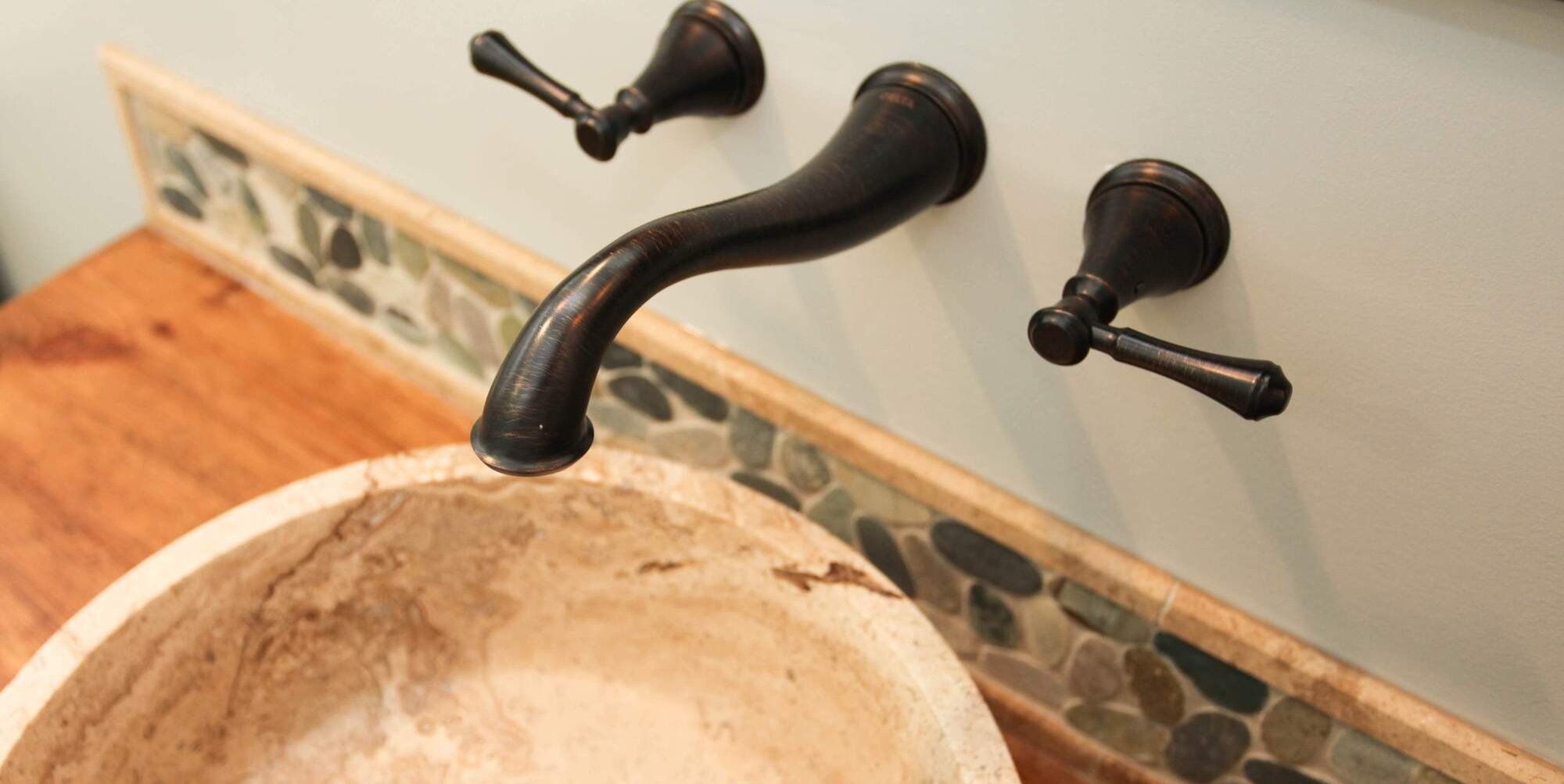
Listen to the Blog Post
When planning a bathroom remodel, the sink style and faucet may not be top of mind, but they play a significant role in both the look and functionality of your space. Selecting the right sink plays a significant role in the overall functionality, upkeep, and even the types of countertops that are compatible with your design.
In this guide, we’ll walk you through the most common bathroom sink styles, their pros and cons, and where each one is best suited.
1. Pedestal Sinks: Simple and Space-Saving
A pedestal sink is a classic freestanding bathroom sink style that consists of two main components: a basin (the sink itself) and a vertical pedestal base that supports it. Unlike a vanity sink, pedestal sinks do not include built-in storage, countertop space, and the plumbing is typically hidden inside the pedestal column.
Because they take up minimal floor space and have a light visual footprint, pedestal sinks are a popular choice for powder rooms, smaller bathrooms, or any space where storage isn't a priority. They come in a range of styles—from modern and minimalist to vintage designs with decorative details or exposed metal legs.
Pros:
- Budget-Friendly: Pedestal sinks are generally less expensive than a full bathroom vanity.
- Space-Saving: Without cabinetry underneath, they visually open up small spaces and work well in narrow or compact bathrooms.
- Unique Design Element: Available in a range of styles—from sleek and modern to vintage with exposed metal legs—making them a design focal point in powder rooms.
- Easy to Clean Around: With fewer corners and cabinetry, there are fewer spots for dust and moisture to collect.
Cons:
- No Storage: One of the biggest drawbacks is the lack of built-in storage for toiletries, cleaning supplies, or extra towels.
- Limited Counter Space: There’s no surface area for daily essentials like soap, toothbrushes, or skincare products.
- May Not Suit Primary Bathrooms: In high-traffic areas, the lack of functionality can become a significant issue over time.
Design Tip: If you're drawn to the elegance of a pedestal sink but need a bit of storage, consider pairing it with a recessed medicine cabinet or wall-mounted shelving. Alternatively, use a small vanity with a vessel sink for a similar footprint but with added storage.
2. Wall-Mounted Sinks: Sleek and Space-Smart
A wall-mounted sink is a minimalist bathroom sink style that is secured directly to the wall, with no need for a vanity or pedestal beneath. The plumbing is typically routed through the wall and may be left exposed as a design feature or concealed for a cleaner look.
Because they don’t take up any floor space, wall-mounted sinks are an excellent option for small bathrooms, powder rooms, or modern bathroom remodels that prioritize an open feel. They also offer flexibility in terms of height, making them ideal for custom or accessible bathroom designs.
Pros:
- Maximizes Floor Space: By eliminating the need for a vanity or base, wall-mounted sinks help small bathrooms feel larger and more open.
- Customizable Height: Can be installed at any height, making them a great fit for universal design or children's bathrooms.
- Modern Aesthetic: Clean lines and floating appearance contribute to a sleek, contemporary look.
- Easy to Clean Underneath: With no base or cabinetry, cleaning the floor and surrounding area is simple.
- Hybrid Options Available: A console sink is a hybrid between a wall-mounted sink and a pedestal sink, offering an open feel with added visual structure. It features a wall-mounted basin supported by two or four legs, which can be made of metal, porcelain, or wood, depending on the design.
Cons:
- No Built-In Storage: Like pedestal sinks, wall-mounted sinks don’t offer storage space for toiletries or towels.
- Structural Support Required: The wall must be reinforced to hold the weight of the sink and plumbing, which can complicate installation.
- Exposed Plumbing (potential drawback): If not carefully considered, exposed pipes may clash with certain design aesthetics; however, they can also be styled as a design feature.
 Above: Kohler’s Brockway™ 36" wall-mount utility sink. Image courtesy of Kohler.
Above: Kohler’s Brockway™ 36" wall-mount utility sink. Image courtesy of Kohler.
3. Drop-In Bathroom Sink
A drop-in sink, also known as a top-mount or self-rimming sink, is a type of bathroom sink that is installed by “dropping” it into a hole cut into the countertop. The sink’s rim rests on the surface of the countertop, supporting the weight of the basin and creating a visible border around the sink. They are a flexible choice that can work with a variety of vanity and countertop materials.
Pros:
- Easy Installation: They’re one of the simplest sink types to install.
- Compatible with Many Countertop Materials: Especially useful when working with materials that can’t support undermount sinks.
- Budget-Friendly: Often more affordable than undermount or vessel styles, making them a solid option for secondary bathrooms or rentals.
- Flexible Design Options: Available in a range of shapes and sizes, including hybrid styles that dip below the counter but don’t fully rest on it.
Cons:
- Visible Rim: The rim sits on top of the counter, which can visually break up clean lines and appear bulky.
- Harder to Clean: Dirt and grime can collect around the edge of the sink, requiring more frequent maintenance.
- Less Seamless Look: Compared to undermount or integrated styles, drop-ins may look less luxurious or modern in high-end spaces.
Where to Use: Ideal for secondary bathrooms or low-traffic bathrooms.
Above: A drop-in sink featured in a primary suite remodel by Patrick A. Finn.
4. Vessel Bathroom Sink
A vessel sink is a bathroom sink that sits on top of the countertop material or vanity. Often resembling a bowl or basin, vessel sinks come in a wide variety of shapes, materials, and designs, ranging from sleek glass or ceramic to bold stone or hand-painted porcelain. While they may not be the most practical option for daily use, they can be a statement piece in powder rooms or guest bathrooms.
Pros:
- Design Statement: Vessel sinks can act as sculptural elements in a bathroom, instantly adding character and height to a vanity.
- Custom Vanity Options: Since the sink sits on top, you can get creative with what’s underneath—using a repurposed dresser or antique furniture.
- Better for Powder Bathrooms: Ideal for bathrooms where aesthetics take precedence over everyday functionality.
Cons:
- Difficult to Clean Around: Depending on shape and placement, cleaning behind and around the bowl can be tricky.
- More Splash Potential: Their elevated position can lead to splashing, especially with higher water pressure or poorly matched faucets. Over time, splashed water can deteriorate the countertop material below the vessel.
- Less Functional for Daily Use: They’re often too tall for children and can feel impractical for frequent handwashing or face washing.
- Trendy (Not Always Timeless): Although beautiful, vessel sinks can feel dated faster than other styles, depending on the design.
Above: A vessel sink featured in a bathroom remodel completed by Patrick A. Finn.
5. Undermount Sinks
An undermount bathroom sink is a type of sink that is installed beneath the countertop, creating a seamless transition between the counter and the sink basin. Unlike drop-in sinks, there is no visible rim on the surface—just a clean, uninterrupted line where the countertop meets the sink.
Pros:
- Seamless Look: These sinks are installed beneath the countertop, giving the vanity a clean and modern appearance.
- Easy to Clean: The no-rim design allows water and debris to be wiped straight into the sink, making it ideal for families and high-use bathroom spaces.
- Versatile Aesthetic: Works well with both traditional and contemporary bathroom styles.
- Resale Value: Considered a premium upgrade, which can be appealing to future buyers.
Cons:
- More Costly Installation: Requires professional installation and precise cutouts.
- Requires Strong Countertops: Must be installed with materials like granite, quartz, or solid surface that can support the sink’s weight.
- Limited to Certain Sink Materials: Not every sink material is compatible with an undermount setup, which can limit design flexibility.
Above: An example of undermount sinks installed in a primary suite renovation completed by Patrick A. Finn.
6. Integrated Sinks
An integrated sink is a bathroom sink that is built directly into the countertop, creating a single, seamless piece where the sink and counter are made from the same material.
Pros:
- All-in-One Convenience: Vanity top and sink are made from the same material, simplifying the selection and installation process.
- Streamlined Aesthetic: Clean lines and a continuous surface create a minimalist, modern look.
- Hygienic and Low Maintenance: No seams, joints, or transitions for dirt and mold to hide, making them easy to wipe down and sanitize.
- Cost-Efficient for Hall Baths: Standard sizes are readily available and often more affordable than fully custom vanities.
Cons:
- Limited Design Flexibility: Fewer choices in materials, shapes, and colors compared to other sink styles.
- Harder to Replace or Upgrade: Since the sink and top are one piece, replacing just the sink isn’t an option.
- Standard Sizing Only: Often available only in predetermined dimensions, which may not suit custom or unusual spaces.
Above: An example of an integrated sink featured in a primary suite remodel by Patrick A. Finn.
Choosing the Right Bathroom Sink Faucet Style
The faucet you choose plays a crucial role in both the function and aesthetic of your space, and not all sinks are compatible with all faucet types. In fact, your faucet style may impact your countertop selection, fabrication, and even plumbing layout, so it’s essential to plan these elements together.
Here’s a breakdown of common faucet styles, when to use them, and what to consider:
1. Single-Hole Faucets
Best for: Pedestal sinks, vessel sinks, and small vanities
Why it works: Single-hole faucets combine the spout and mixing handle into one compact unit. They’re sleek, modern, and space-saving—ideal for minimalist bathrooms or smaller spaces.
Pair with:
- Vessel sinks (especially tall, gooseneck versions)
- Pedestal sinks with limited deck space
- Vanities where you want a cleaner, more streamlined look
2. Widespread Faucets
Best for: Larger vanities and more traditional or high-end designs
Why it works: Widespread faucets consist of three separate pieces—the hot and cold handles, and the spout, which are installed individually across the sink deck or countertop. This style offers a more custom, classic look and requires more space.
Pair with:
- Undermount sinks
- Drop-in sinks with a large deck area
- Double vanities or wider countertops
Note: Your countertop will need three separate holes drilled for this style, so confirm with your fabricator early in the planning process.
3. Centerset Faucets
Best for: Prefabricated vanities and budget-conscious remodels
Why it works: Centerset faucets look similar to widespread but are mounted on a single base plate, making them easier to install. They require three holes but come as a compact, all-in-one unit.
Pair with:
- Integrated sink-and-countertop combos
- Drop-in sinks
- Hall bathrooms or secondary baths, where simplicity is key
To Consider: While easy to install and often more affordable, centerset faucets can be harder to clean around due to the baseplate.
4. Wall-Mounted Faucets
Best for: Modern, custom-designed spaces
Why it works: Wall-mounted faucets extend directly from the wall, freeing up valuable countertop space and creating a sleek, contemporary look. They’re also a practical choice when paired with vessel sinks, especially those with limited counter depth.
Pair with:
- Vessel sinks
- Floating vanities
- Bathrooms with artistic or spa-like design goals
Important to Note: Wall-mounted faucets require careful plumbing planning—behind-the-wall water lines must be installed to the correct height and spacing during rough-in plumbing. They also demand a nonstandard installation process, so they’re best suited for full renovations rather than simple updates.
.jpg?width=1200&height=650&name=country%20chic%20bathroom%20remodel%20trend%20with%20wooden%20accessories%20(1).jpg) Final Thoughts: Match Form With Function
Final Thoughts: Match Form With Function
Before choosing a sink style and faucet, it’s important to think beyond aesthetics. Yes, a sculptural vessel sink will add a unique visual statement to a powder room, but will it serve your needs in a high-traffic family powder bath? At Patrick A. Finn, we work with homeowners who care deeply about both form and function—people who want spaces that are not only beautiful, but designed and built for real life.
If you’re a growing family with young kids, consider how your sink choice supports your daily routines. Do you need durable materials that are easy to clean and maintain? Would a seamless undermount sink or an integrated vanity make cleaning the space easier? Prioritize solutions that can withstand wear and tear while still maintaining their appearance for years to come.
For empty nesters upgrading their forever home, think about ease of maintenance, comfort, and accessibility. A wall-mounted or console sink may offer the elegant, open feel you’re after, while keeping your bathroom feeling light, clutter-free, and timeless.
Ask yourself:
- Who will be using this bathroom, and how often?
- Do I need extra counter space, storage, or ease of cleaning?
- What type of sink complements the overall style of my home?
- Will this choice still make sense 5, 10, or 15 years from now?
By considering how your bathroom will function day-to-day—and how that function evolves over time—you can choose a sink and faucet combination that enhances your space today and supports your lifestyle long into the future.
Ready to design a primary suite that perfectly suits your lifestyle, right down to the sink? Download our eBook, A Complete Guide to Building the Ultimate Luxury Primary Suite, and start planning with confidence.


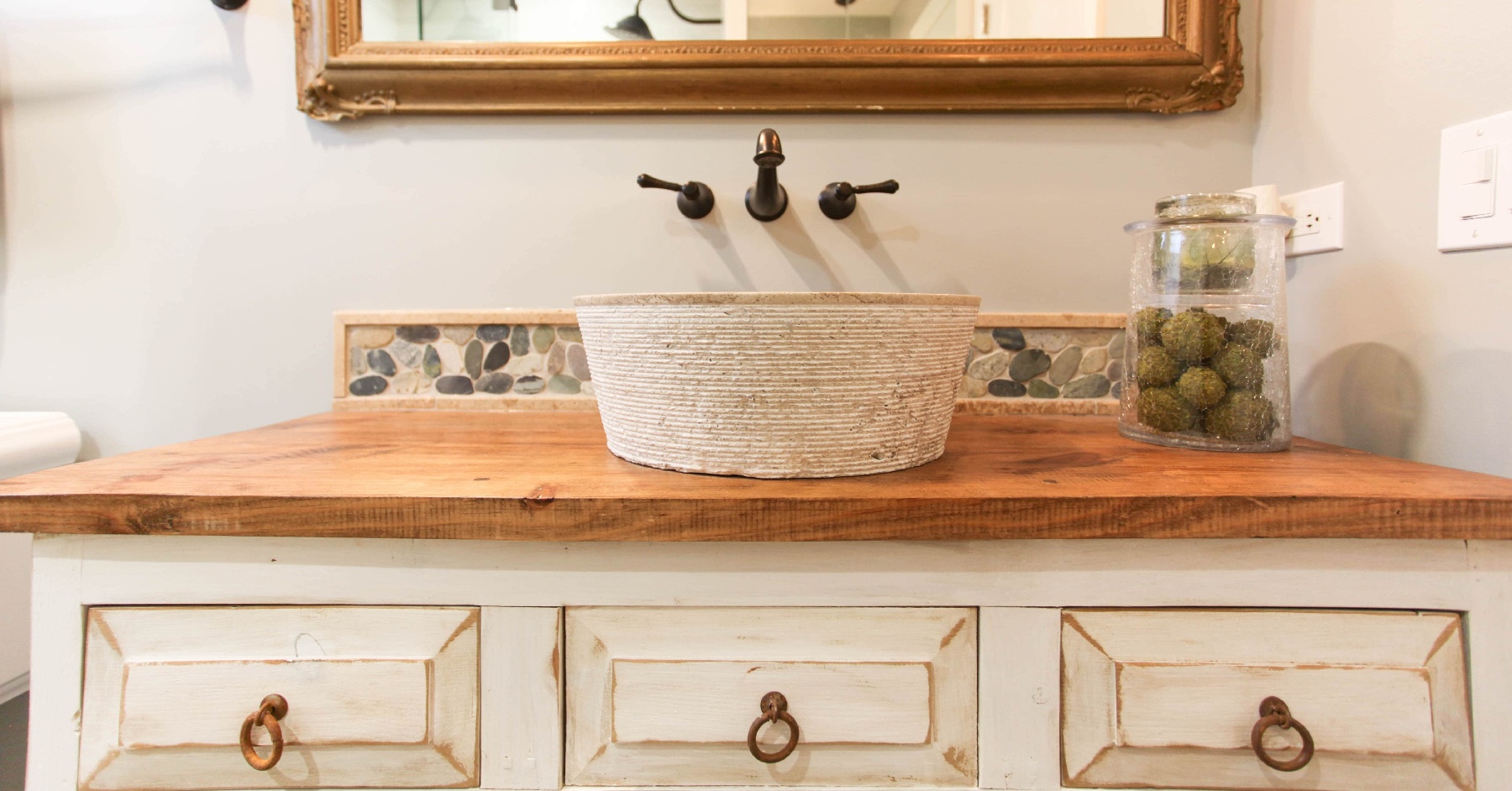





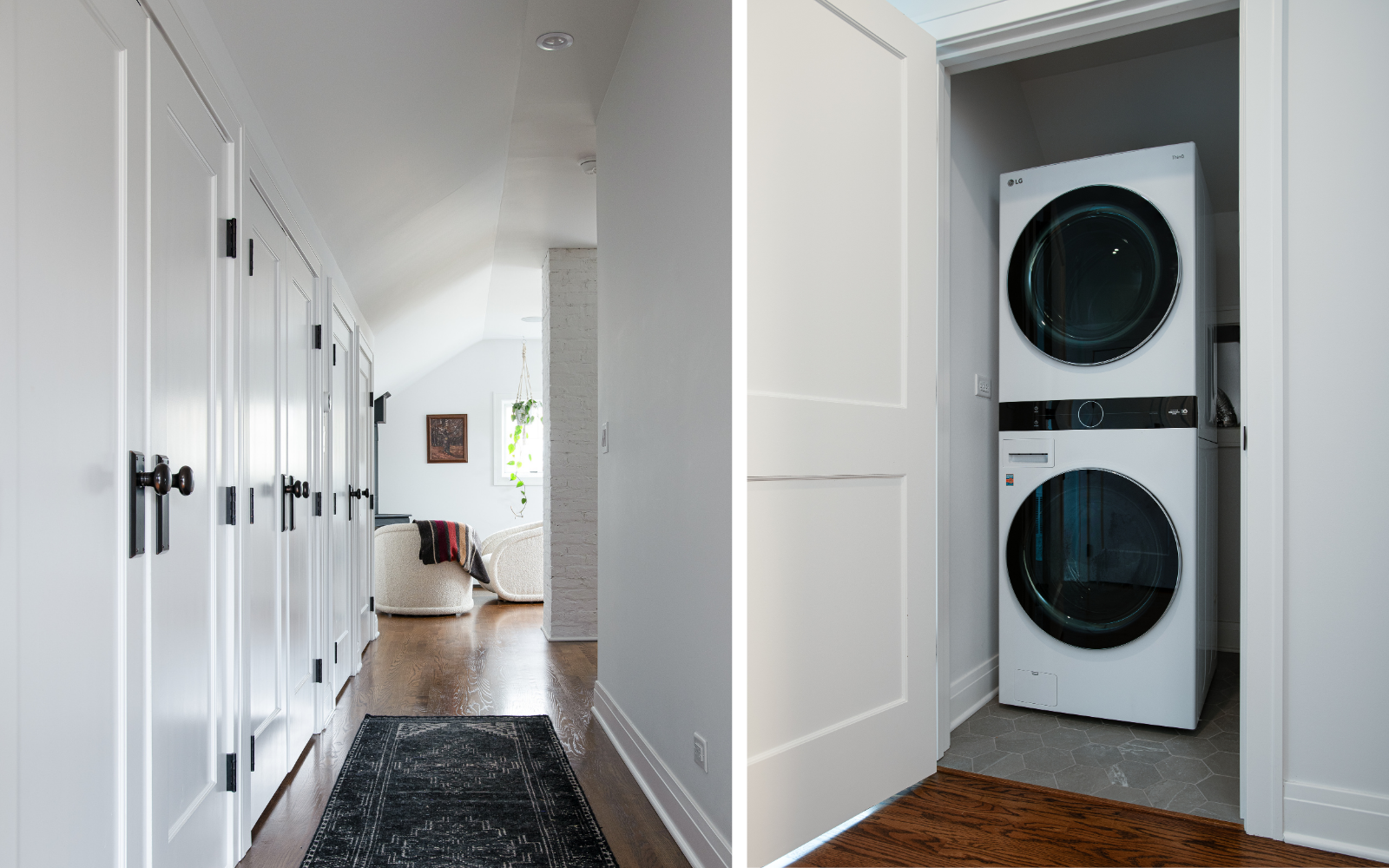
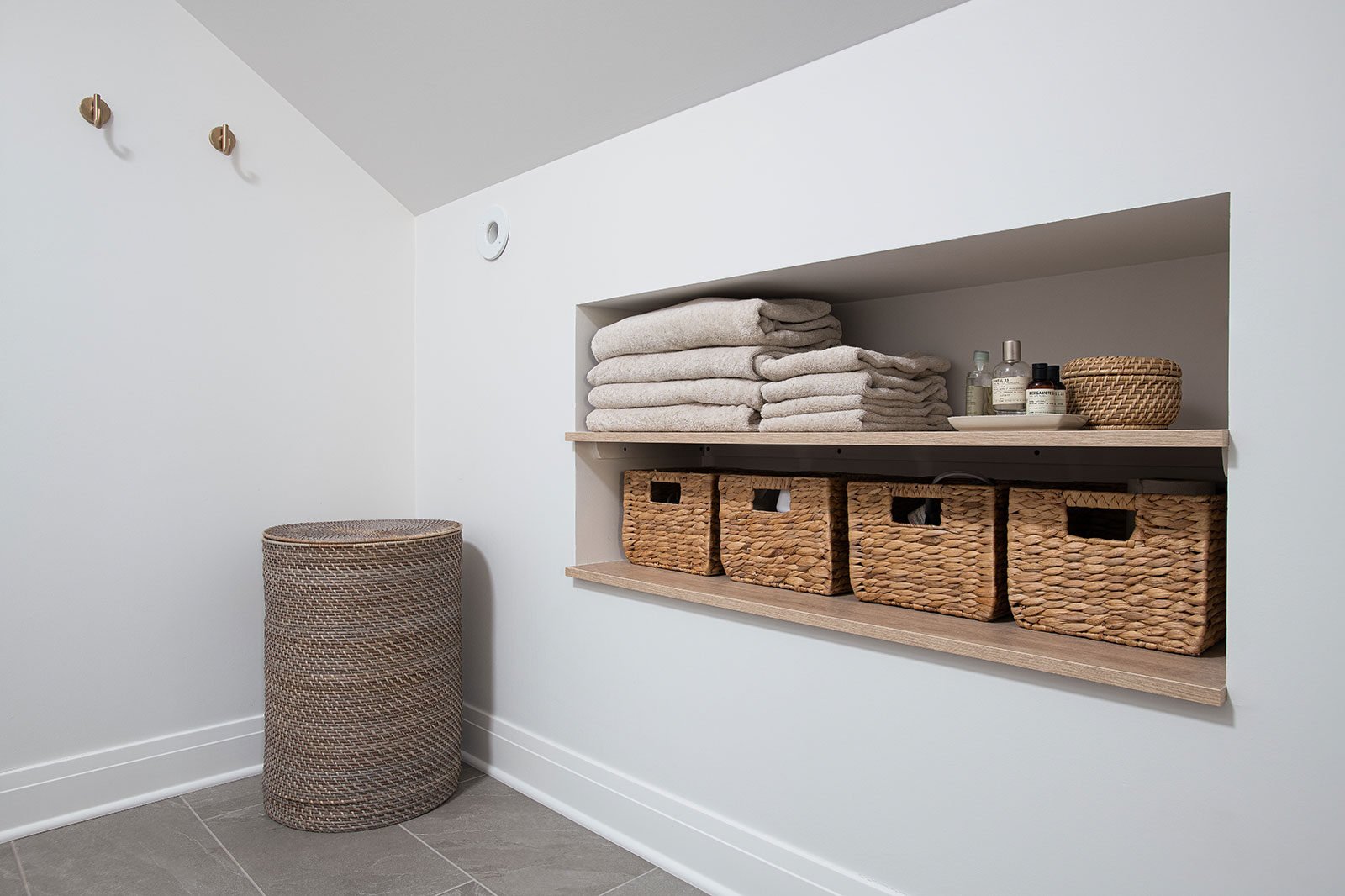
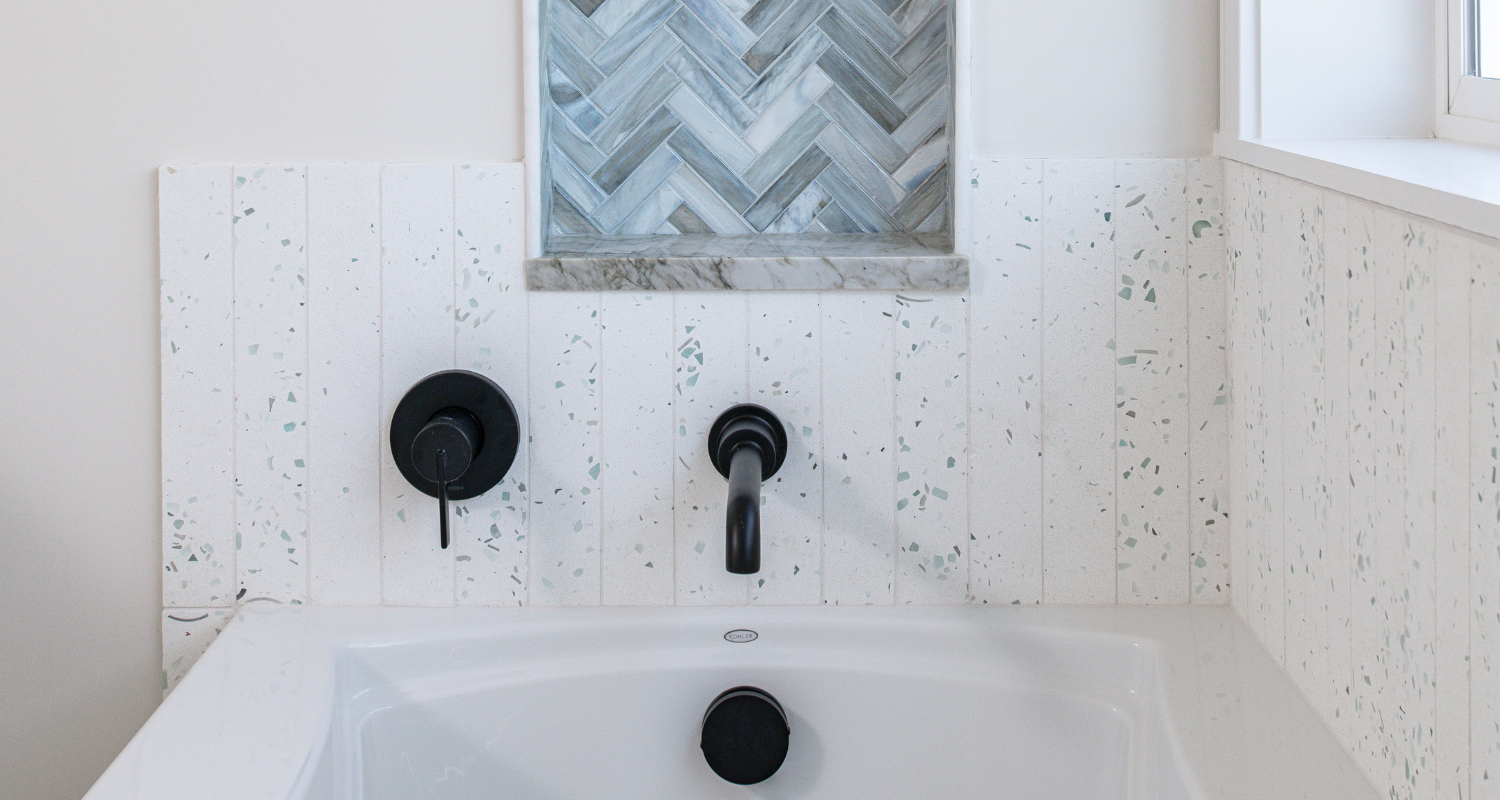

-1.png)
